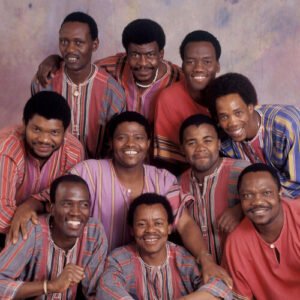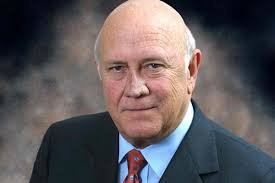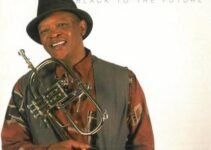As the sun paints the South African sky on April 2, the whispers of the past echo in the air. Like many threads woven into the nation’s vibrant tapestry, this date holds stories waiting to be unearthed. We embark on a journey of exploration, delving into the triumphs, tragedies, and turning points that mark April 2 in South Africa’s history.

1996: President Mandela addresses the National assembly of Mali
In 1996, Nelson Mandela visited Mali to strengthen economic, cultural and political ties between South Africa and Mali. He thanked the Malian people for their support during Apartheid and urged politicians to work together towards prosperity and stability in Africa. This visit was part of Mandela’s strategy to normalize South Africa’s relations with the rest of Africa after years of isolation.
1994: IFP agrees to participate in 1994 elections
The transition in South Africa from Apartheid to democracy was a difficult process. Political parties like ANC, IFP, and the government had a role in this process. There were constitutional differences between the ANC and IFP that led to boycotts and withdrawal threats by IFP. A meeting was held between ANC and IFP in Durban where Buthelezi demanded more powers for Transvaal and KwaZulu-Natal, but negotiations deadlocked. Subsequently, the IFP agreed to provisionally register for elections. However, the violence between ANC and IFP supporters continued to escalate.
1987: Ladysmith Black Mambazo win a Grammy
Ladysmith Black Mambazo, a South African group with lead vocalist Joseph Tshabalala, won a Grammy award for the album “Shaka Zulu” produced by Paul Simon. The group has sold over 6 million copies worldwide and has been nominated for six additional Grammy awards. They have performed for royalty, the Pope, and at the Olympic Games.
1961: Bishop Ambrose Reeves resigns as The Anglican Bishop of Johannesburg
The Anglican Bishop of Johannesburg, Ambrose Reeves, resigned in 1960 after being deported from South Africa for criticizing the Government’s handling of the Sharpeville massacre and state of emergency. Reeves’ stand against the Government’s Bantu education system, which aimed to cripple the intellectual capacity of Africans, also led to the closure of Anglican schools. The Archbishop of Cape Town, Joost de Blank, supported Reeves’ actions, and Father Trevor Huddleston CR also played a leading role in opposing the Government.
1958: Kevin Curren is born in Durban
Kevin Curren, a South African tennis player, won four Grand Slam doubles titles and reached the. Wimbledon finals twice during his 14 year tennis career. He also degree in sports management from the University of Texas. After living in the US for 20 years, he returned to South Africa in 1995 and worked as a commentator for SABC and with Tennis South Africa. Curren is currently living in Durban with his wife and two daughters.
1923: The first issue of the weekly periodical ‘TIME’ appeared on news stands
The first issue of TIME magazine appeared on newsstands on this day in history. It was the United States’ first, modern news magazine, featuring a charcoal sketch of Congressman Joseph Gurney Cannon on the cover. Today, the magazine is printed in several languages and is one of the most popular magazines in history, with readership topping 4 million.
1918: The University of the Cape of Good Hope is renamed to The University of South Africa
The University of South Africa (Unisa) is the largest university in South Africa, founded in 1918. It has over 300,000 students in 130 countries and remained multiracial during apartheid years. Unisa merged with Technikon SA and the distance education component of Vista University in 2000.
1866: The Stellenbosch Gymnasium is founded
The Stellenbosch Gymnasium, which was opened in Dorp Street, aimed to provide education for young men and prepare them for studies at the Theological Seminary of the Dutch Reformed Church. From this, the “Arts Department” was established in 1874, which later became the Stellenbosch College. In 1918, the College was renamed the University of Stellenbosch.



